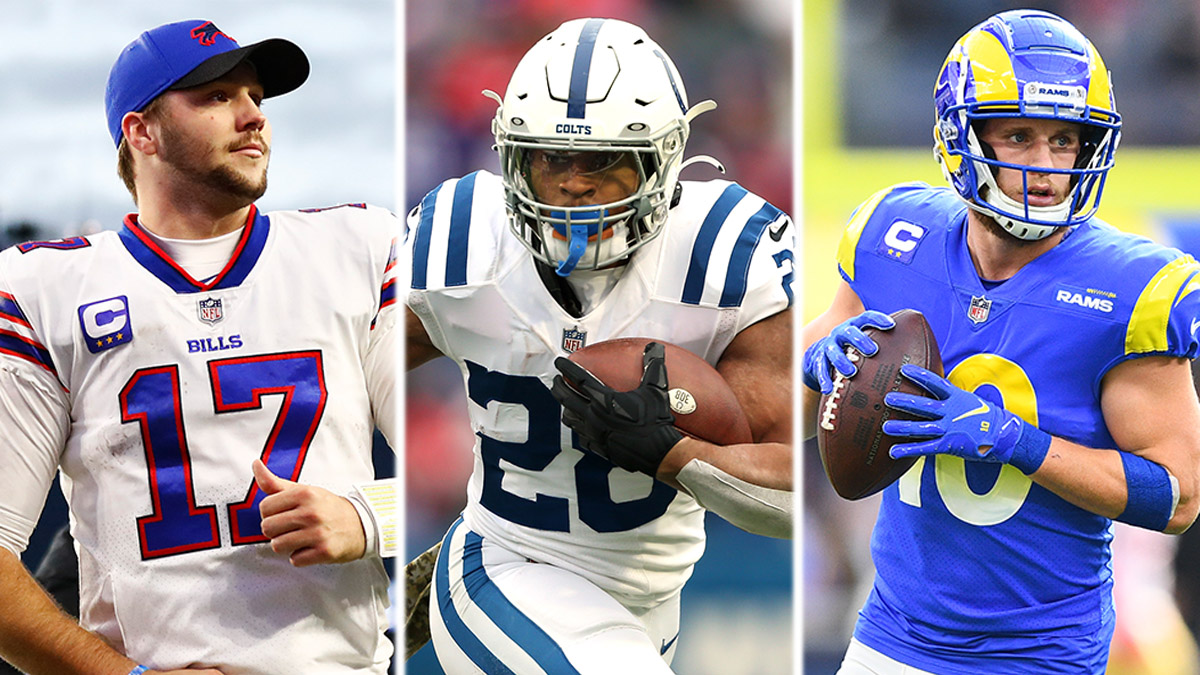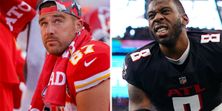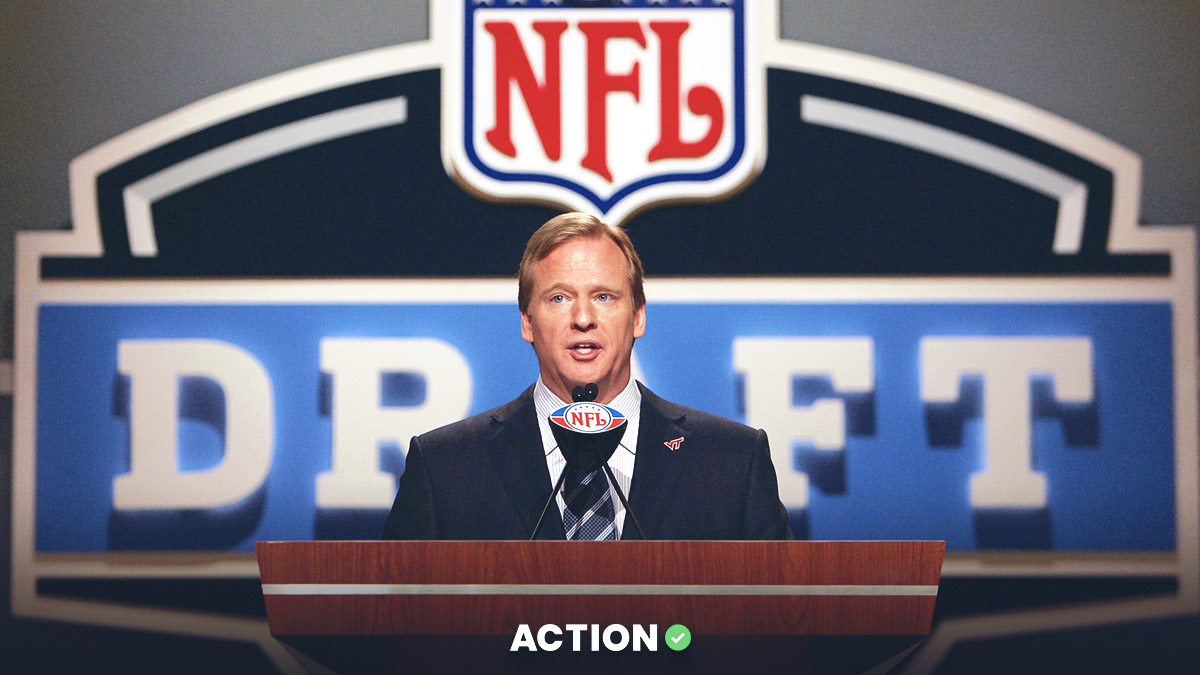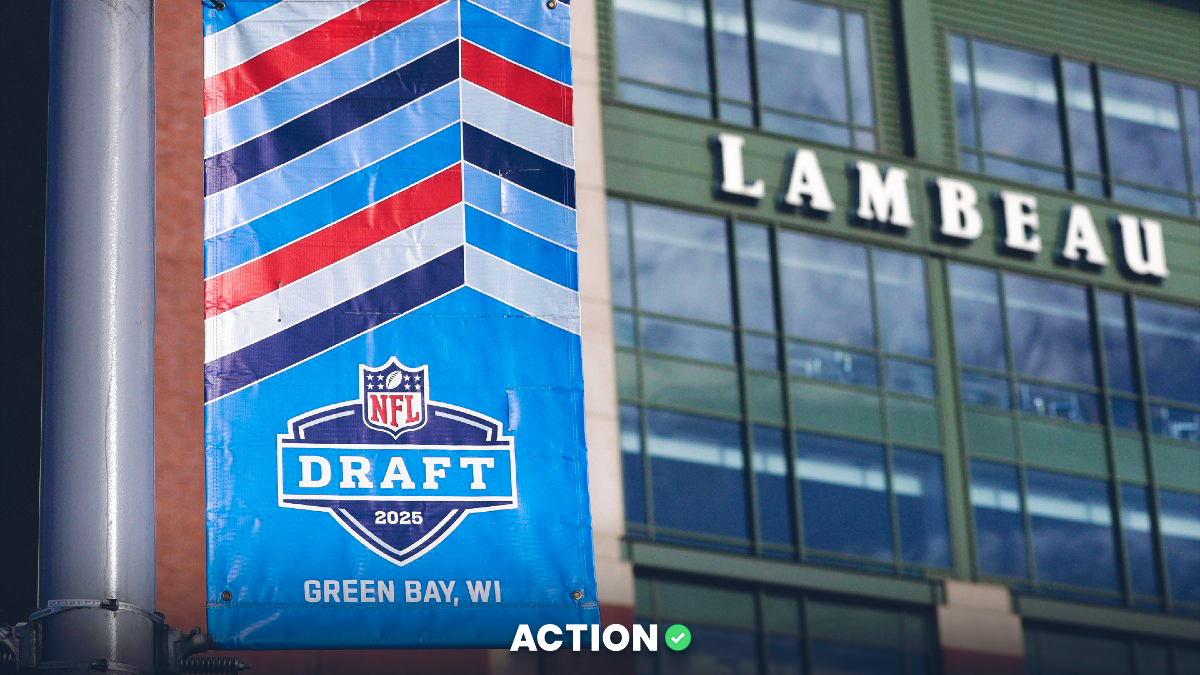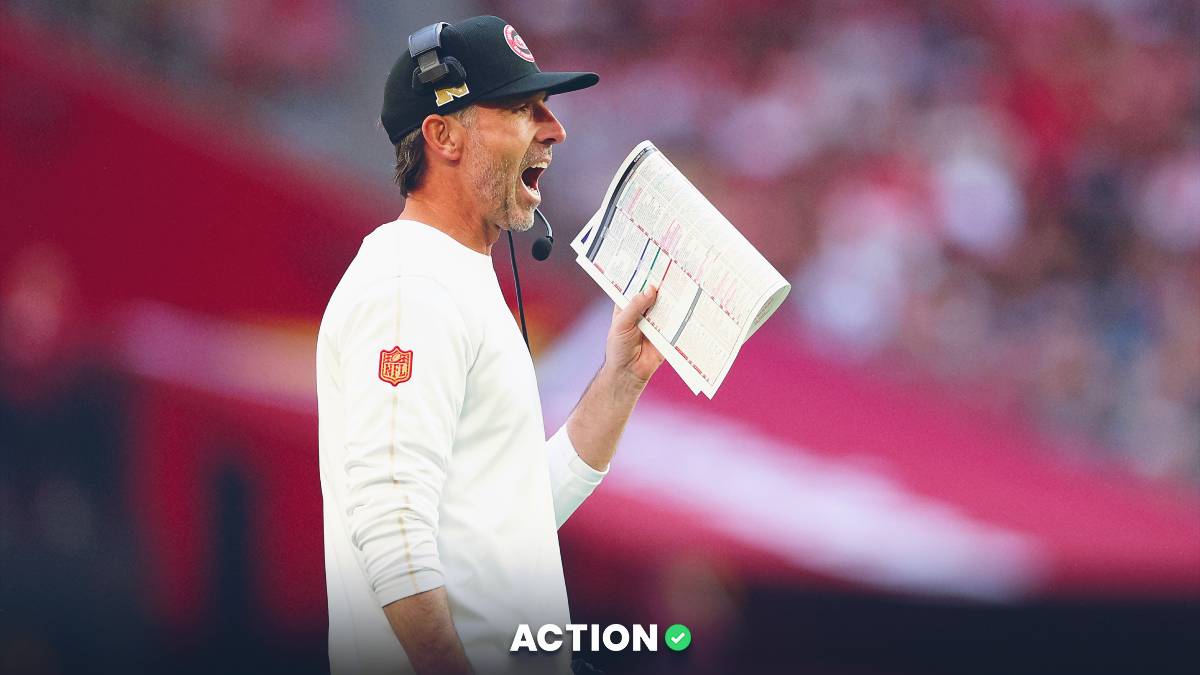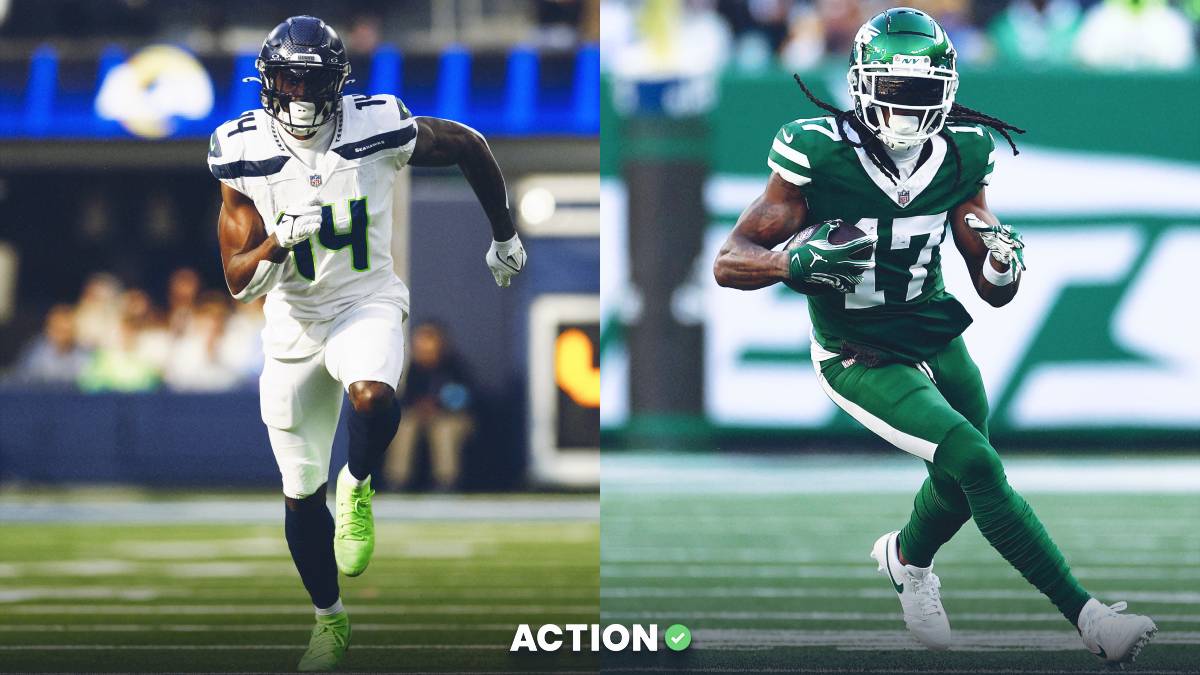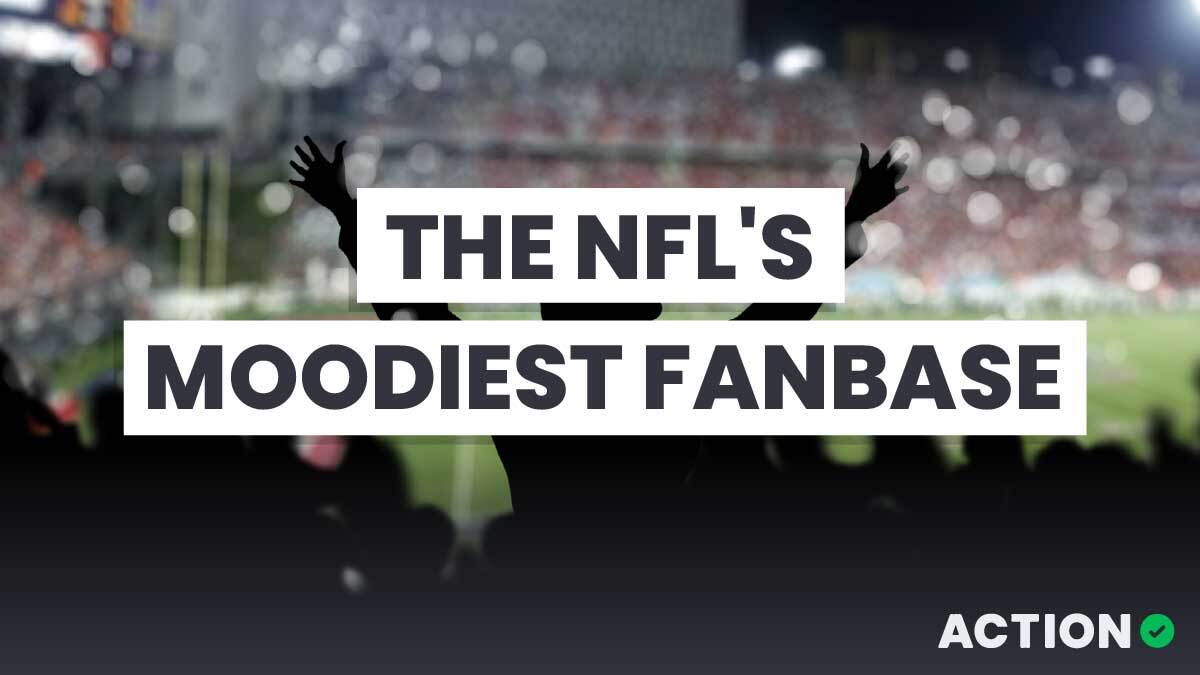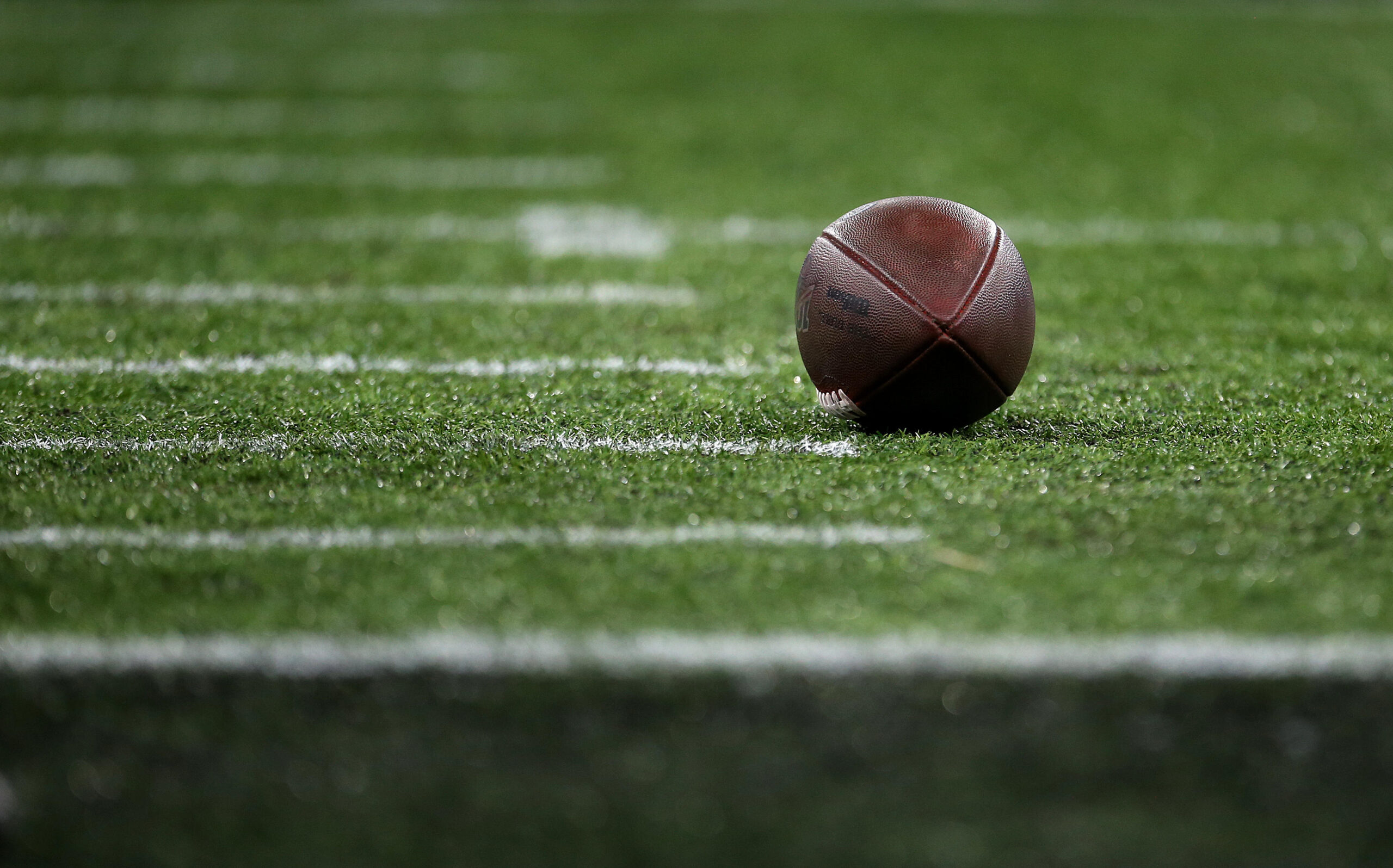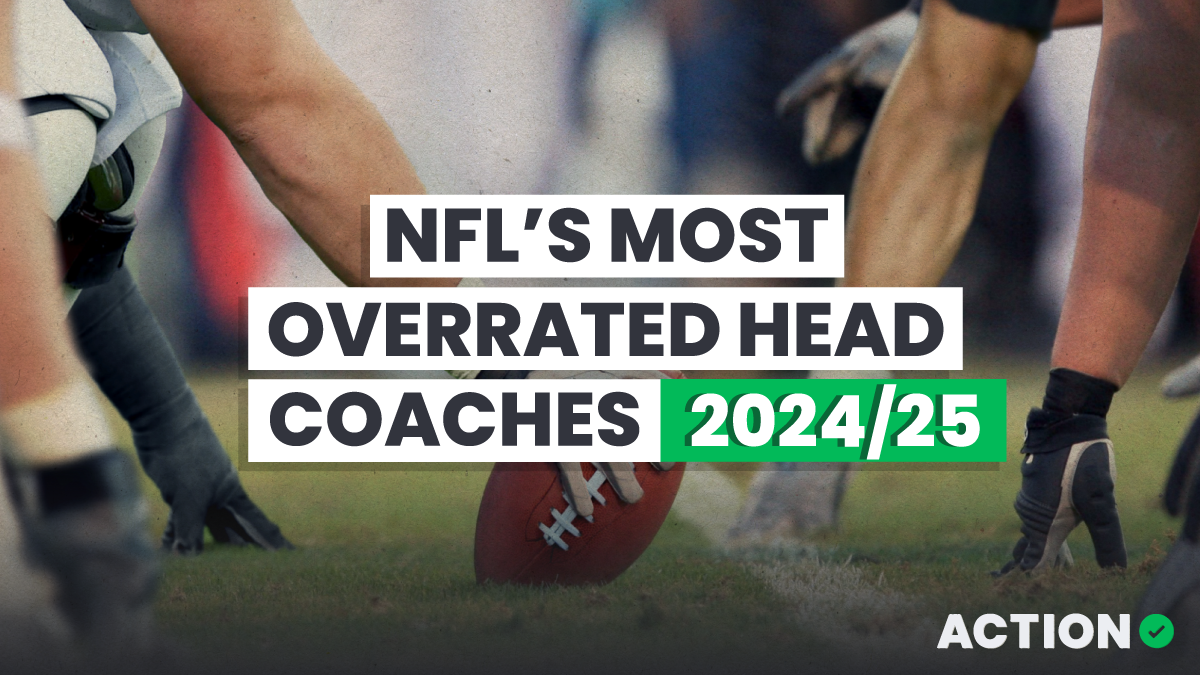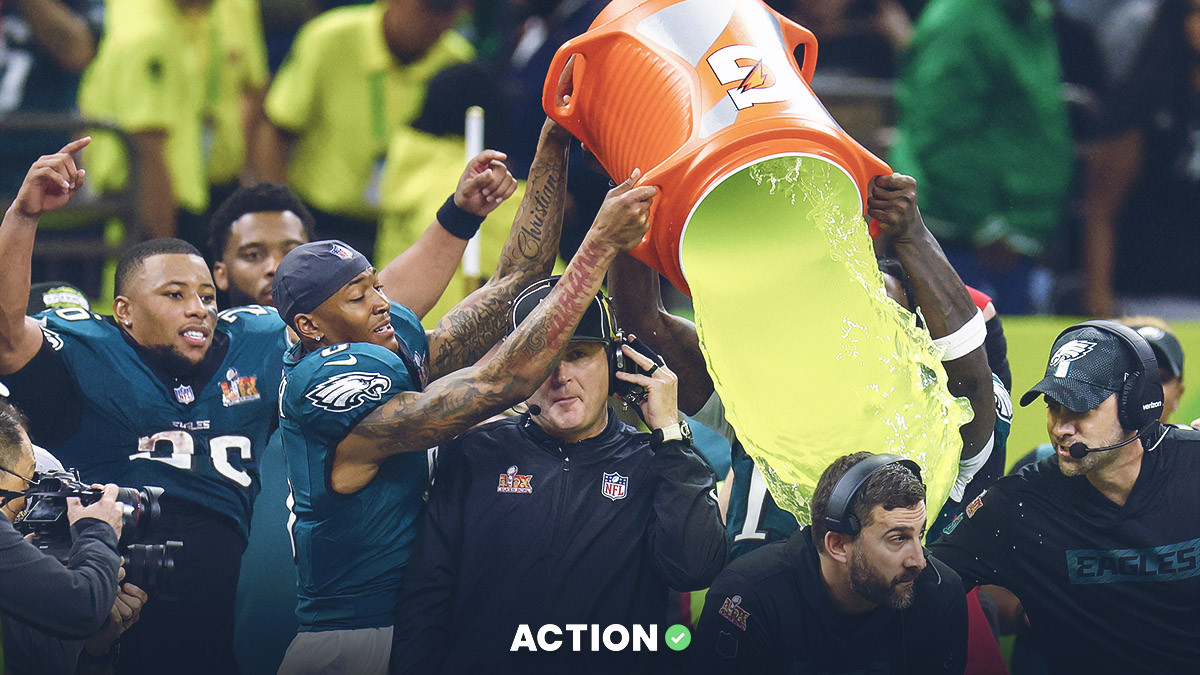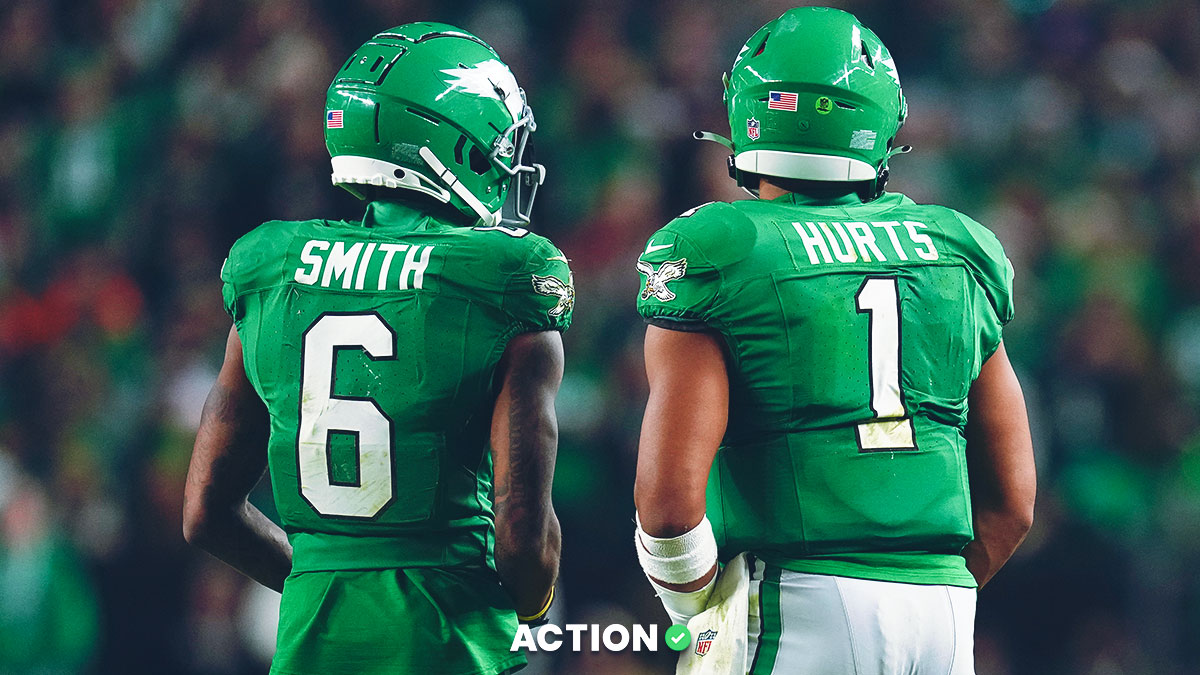2022 Fantasy Football Rankings
| Click On A Position To Read Those Tiers |
|---|
| Quarterbacks |
| Running Backs |
| Wide Receivers |
| Tight Ends |
Sean Koerner, the most accurate fantasy draft expert from 2019-21 according to FantasyPros, is breaking down his draft strategy for every position. The following post features excerpts from from his initial 2022 Tiers Series.
You can find his rankings in our 2022 Fantasy Draft Kit, which is part of our PRO subscription.
2022 Fantasy QB Draft Strategy
My draft strategy for the QB position varies based on the league type.
For season-long head-to-head formats where you only start one QB, the position itself comes with a high floor already baked in: the waiver wire. At any given time, you will have over a dozen starting quarterbacks available to you to add as a potential one-week start and can easily find a QB2 (sometimes a QB1) option available to you. That’s why it’s usually a smart strategy to wait as long as possible to draft a QB, and when you do finally target a QB, go for the most upside possible.
For example, you can wait to get Trey Lance in the later rounds. If he ends up producing like a top-five QB, great! If he ends up struggling in Year 2 or gets injured, you will be able to add a top 15-20 QB off the waiver wire, no problem. No other position gives you that sort of safety net.
For leagues that start two QBs or use a Superflex position, the demand for starting QBs goes way up. The reason for this is there are only 32 starting QBs at any given time. No other position deals with as massive of a drop-off from a starting QB to a backup QB. Therefore, it’s critical to draft two or three of them before the top 25-35 of them are off the board.
In these types of formats, it’s more valuable to draft QBs with a higher floor. Having QBs who can start for all 17 games and provide you a solid score week in and week out are way more valuable in these types of formats.
In Best Ball formats, your main goal is to maximize your team’s ceiling. Dual-threat quarterbacks offer a higher weekly ceiling and are great Best Ball targets. However, the best way to maximize value with your QB strategy is to stack them with 1-3 of their pass catchers. By doing so, you are correlating spiked weeks from your QB with other positions on your team. Therefore, if you drafted Amon-Ra St. Brown and T.J. Hockenson earlier in your draft, you should consider targeting Jared Goff as your QB2/3 later in the draft.
Throughout my Tiers, I try to highlight the best formats to target specific QBs and which QBs I’m targeting/avoiding at their current ADP.
2022 Fantasy RB Draft Strategy
Running back continues to be the most critical position in fantasy football.
There are two main reasons RB typically decides the fate of your team each season:
As the NFL becomes an increasingly pass-heavy league and RBs are deployed for specific purposes, there are fewer workhorse backs. Positional scarcity makes it critical to draft at least two workhorse RBs.
The position is very volatile. RBs are the most likely players to miss time due to injury, or to lose their job. Given the position is much more about opportunity rather than talent, it paves the way for late-round picks or even waiver-wire pickups to emerge as league winners.
Because of those two factors, there are a lot of draft strategies focused solely on how many RBs you should acquire early on.
On the opposite end of the spectrum is the Zero RB strategy, which I agree with … in theory. It mainly focuses on Reason No. 2 above, but ignores Reason No. 1 — that’s why I would dub my approach as the RB Surplus Strategy: I first aim to draft two RBs before the end of Round 4/5 because, as I mentioned, it’s critical to acquire two who are set to open the season with a reliable workload. Then I target high-upside backs in the middle and late rounds.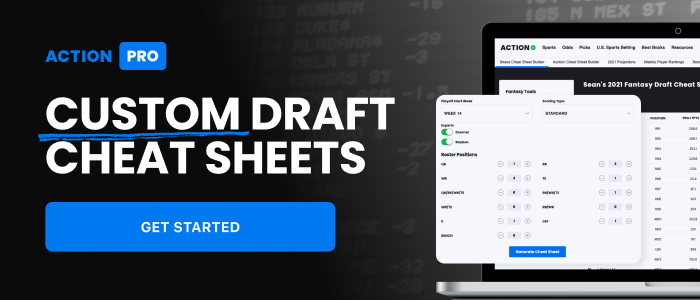
Another important component of your draft strategy should be to understand the purpose of your bench. Generally, you don’t want to waste a bench slot on a quarterback or tight end since it’s very easy to find a replacement for either on the waiver wire if you’re in a pinch or need a bye-week fill-in.
If I have seven bench slots, I’ll usually aim to fill them with two to three WRs and four to five high-upside RBs.
Note: for Best Ball, my strategy is very different, and I usually draft 5 RBs total. (You can listen to my Best Ball tips, including how to approach roster construction here.)
The goal of stashing high-upside RBs, specifically, is to hopefully strike gold if one earns a one-off start or becomes their team’s starter indefinitely. Think about the backup RBs who usually require a No. 1 waiver wire claim or the highest Free Agent Acquisition Budget (FAAB) bid to acquire when injury or depth chart news breaks mid-season — I can’t tell you how many times a RB who fits that profile was already on my bench.
Drafting RBs with the highest potential to be league winners allows me to be even more aggressive when I have first priority on waiver wire claims or still have a high percentage of my FAAB available.
2022 Fantasy WR Draft Strategy
The running back position is the most critical in fantasy football, but wide receiver is a close second.
With the depth at WR, it’s easy to become complacent while drafting. If you miss out on a certain tier of receivers, you think there will be more talent to choose from later. But you have to be careful not to neglect the position so much over the first five rounds that you end up with Adam Thielen as your WR2.
If WR has ever been the weakest position for one of your teams, you know it can feel like an uphill battle. One reason is the position is more volatile week-to-week, and there aren’t the same short-term buy opportunities when a starter misses time like we see with QB/RB/TEs.
The takeaway here is that it’s important to spend significant draft capital to lock in your WRs. Additionally, it’s essential to have at least three before your draft reaches Tier 7-8 (in most formats).
2022 Fantasy TE Draft Strategy
The tight end position perfectly illustrates why it’s important to think of “tiers” when drafting.
You’ll typically see these tight ends go in the same order I have listed below in your draft (with a few exceptions). Once you get to a given tier, they'll all go fairly quick once the first TE from that tier is selected. That’s why it’s critical to understand when it makes the most sense to lock in a tight end based on your overall draft strategy.
One added wrinkle to the tight end position is that the waiver wire usually has a couple “league winners” on it every season. This has to do with most leagues only having 12-14 tight ends rostered at any given time. Therefore, tight ends like Dalton Schultz, Dawson Knox, Hunter Henry, Zach Ertz, and Pat Freiermuth were all widely available during the 2021 season.
If you cannot get a stud TE early, do not panic. It’s quite possible you will eventually end up with a reliable TE1 during the season and not have to spend any draft capital in order to do so. I go more in-depth on this in my tiers.
For season-long formats: In general, my approach is to grab either TE in Tier 1. If I miss out on them, I’m more than willing to punt the position and wait to draft one in the later rounds with the intention of playing the waiver wire until I land a reliable TE1. Of course, if a tight end falls too far in the draft, I will snatch him up. In a sense, I let the tight end position come to me instead of “reaching” for anyone.
For Best Ball formats, it’s a fairly similar approach. You probably want to land at least one TE in Tiers 1-4 (no more than one) and target 1-2 TEs from Tiers 5-8. The TE position tends to be fairly TD-depedent and trickier to project week-to-week. However, you don’t have to figure out when a tight end will have a spiked week considering that aspect is taken care of with Best Ball scoring. It makes it easier to target a stud + a couple of cheaper options later on and be set at the position.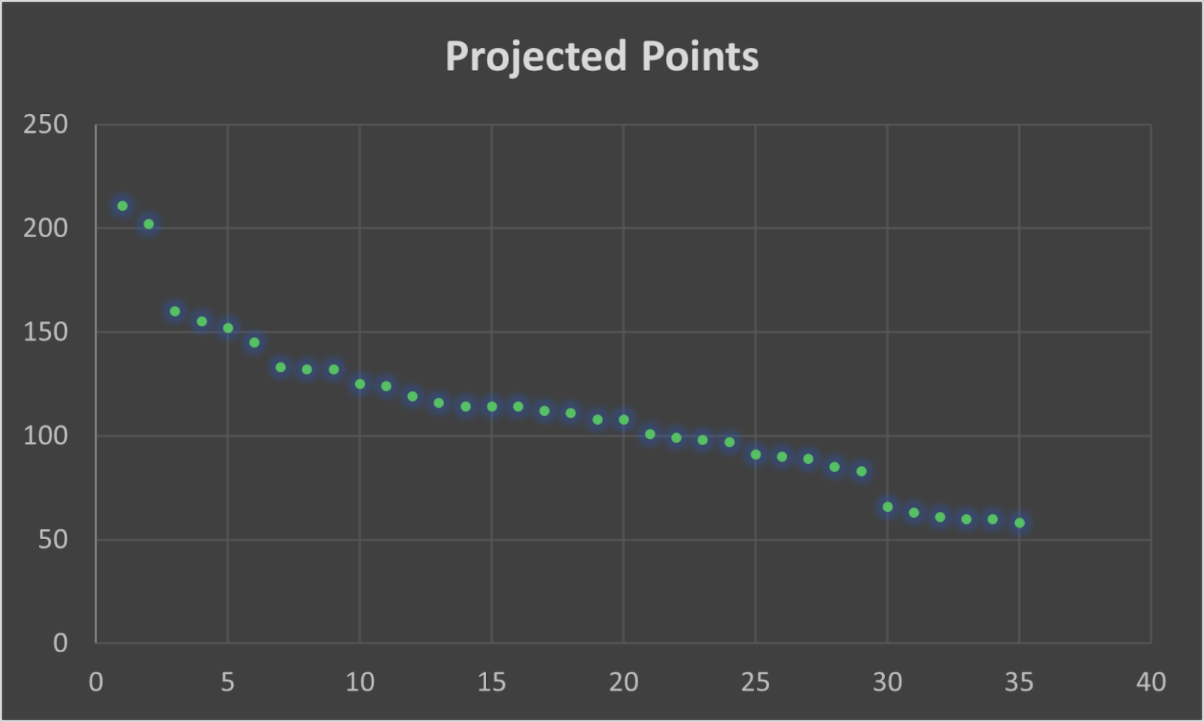
When thinking of my Tiers below, it helps to think of visually using my projected points chart above. Here are the high-level takeaways I have when referencing this chart:
- Tier 1 carries a ton of value. The drop-off from Tier 1 to Tier 2 is the biggest drop-off at any position. Kelce & Andrews are extremely valuable because of this.
- Tier 2 does give you an edge against waiting until later. However, the market is drafting this tier a bit too close to Tier 1.
- Dalton Schultz is the sixth dot, and you can see why I consider him sort of in “No Man’s Land.”
- Tier 4 is three tight ends who are all fairly even in terms of projections, but one of these guys usually falls way too far.
- Tier 5-6 represent the tight ends we might see on the waiver wire to begin the season. If you do spend draft capital to land any of these TEs, do not feel like you need to hold on to them. Early in the season, we will want to be on the lookout for the next Schultz or Knox. Quickly pivoting to a TE in the middle of a breakout season is key when managing the position in-season.


